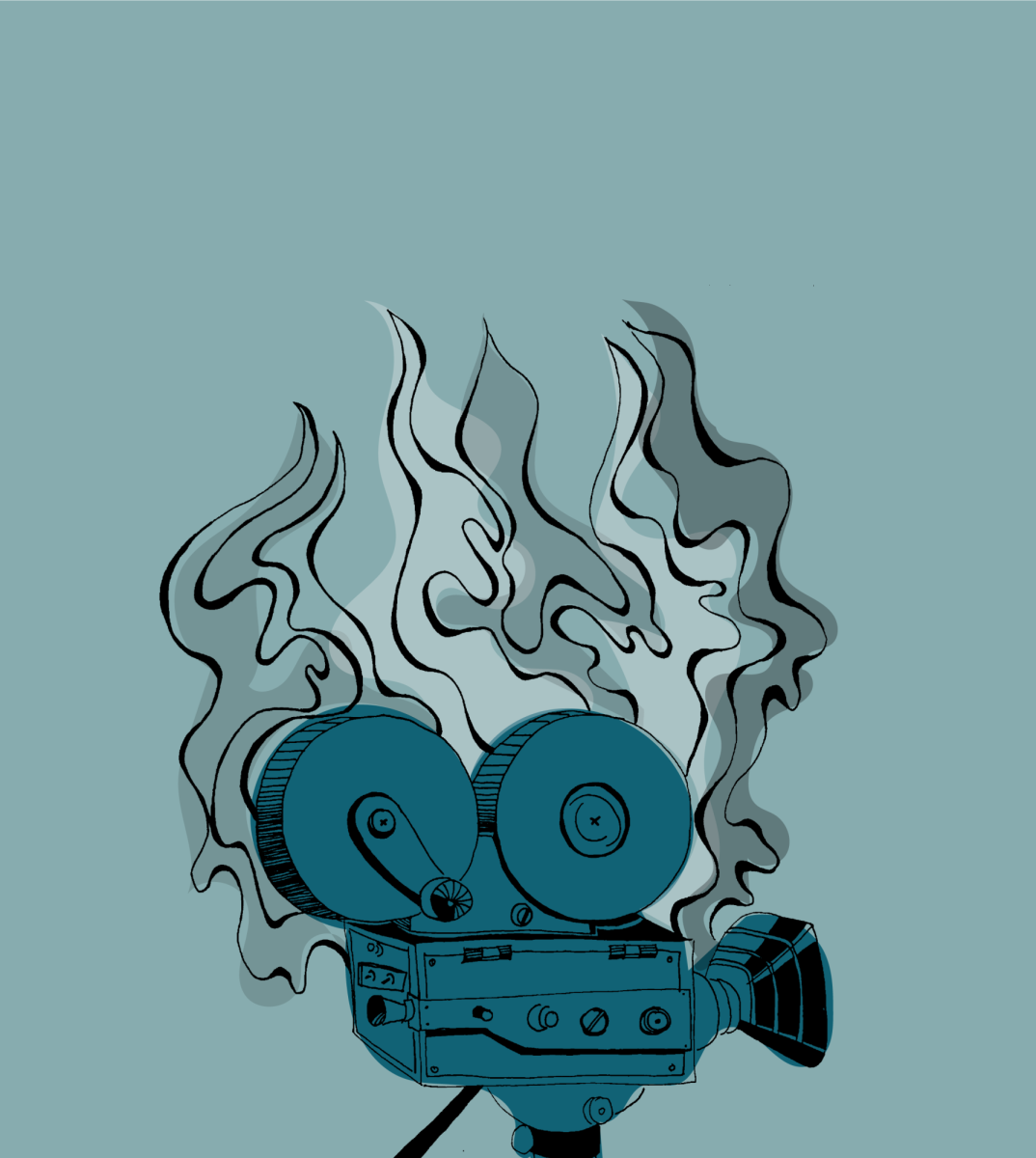Political commentary is inescapable these days. Whether delivered by online news feed or social media, the internet is abuzz with concerns and fears as we face the future.
Amongst all this, it may be easy to write off artistic pursuits as nothing but a distraction, something to watch while the world outside burns. However, this is not — nor has it ever been — the case. Art is inherently political and more often than not ties directly to the social fabric of when it was created.
Now perhaps marks a particularly important time to turn to art not just as an escape, but as a way to express discontent, anger and sadness along with the hope, perseverance and strength we know we are capable of. Art is part of what makes us resilient.
In 1937 composer Marc Blitzstein wrote a musical titled “The Cradle Will Rock.” A highly allegorical piece, the musical followed character Larry Foreman in his attempt to unionize workers and fight against the corrupt Mr. Mister in Steeltown, U.S.A. It was initially created as part of the Federal Theatre Project, a product of the New Deal reorganization by President Franklin Delano Roosevelt. But the production was shut down for being “too radical” just days before their Broadway opening. Not to be dissuaded, Blitzstein, along with director Orson Wells, moved the show 21 blocks away to the Venice Theatre, with over 600 audience members following them on foot. After hearing that the musicians’ union and Actors Equity had prohibited any of the performers from participating, Blitzstein stepped up, planning to perform the entire show by himself at the piano. Almost miraculously — though perhaps not surprisingly given the power art has — the actors still sang and performed all of their roles, from the audience, accompanied by Blitzstein onstage. “The Cradle Will Rock” as a result was not simply about unionizing, but about the determination of artists and communities to access and perform art.
The 1960s also marked a decidedly challenging time in American politics. While the Vietnam War raged on, hippies lined the streets and protested the government. It was in this environment that “Hair” was born. “Hair,” a tale of peace, flowers, freedom and happiness, captured the identity of the hippie movement. The performance was primarily built to create an understanding of this new hippie generation, and helping audiences realize why young people were choosing to protest. Not only did it evoke a sense of empathy, but “Hair” became an anthem for political protest. During its revival in 2009, “Hair” connected to an audience still reeling from a recession the year before, rather than the galvanized war protesters of the 60s. Suddenly the focus was not simply on anti-war, but also on the desire for change within the current economic systems.
Moving into the 1990s, the country was faced with a new crisis: AIDS. As the disease spread quickly, with over 18,000 deaths in 1990 alone, those who had contracted AIDS were stigmatized in exceedingly negative ways. And then, in 1993, the musical “Rent” appeared off-Broadway. “Rent,” based loosely on the opera “La Boheme,” focused on the lives of young artists living in New York City in the height of the AIDS crisis. Rather than villainizing or stigmatizing these characters, writer Jonathan Larson did something radical; he sympathized with them. The range of characters he created in his musical included drag queens, Latina dancers, black college professors and recovering addicts all as they struggled to find community and home. Additionally, the play “Angels in America” opened that same year. Charting a similar course, “Angels in America” focused on the health crisis of AIDS, humanizing the individuals who suffered from the disease. Playwright Tony Kushner also highlighted the spiritual and social issues surrounding AIDS, including a Mormon perspective on the disease and homosexuality, its effects on marriage and on social standing. “Rent” won the Tony Award for Best Musical, and “Angels in America” received the Pulitzer Prize for Drama, with both stories evoking sympathy for those who had been alienated by an illness much of the world had struggled to even acknowledge. These two productions are only a small sample of the art that helped change views on AIDS and the patients who were diagnosed with it — entirely for the better of all involved.
More recently in 2013, “Fun Home,” a biographical musical about the life of Alison Bechdel, used a theatrical narrative to examine human sexuality and relationships. The production moved to Broadway shortly after the Supreme Court’s decision concerning marriage equality, which made “Fun Home” more than a fantastical musical and instead become a way to express major social conversations through deeply relatable human characters. Such a format, involving a story performed on stage by real humans who are in the same space as the audience, breaks divides that might otherwise have existed between ideologies and identities, giving the audience a face and a name to identify with.
Even locally, such artistic humanizing work is being done. Plan B’s recent production of “One Big Union,” working from the life of labor activist Joe Hill as inspiration, marks an additional example. After being executed for a murder that he may or may not have committed — in the state of Utah, no less ‚— Hill’s memory is allowed to live on through his music. With the conversations happening nationally concerning police brutality, wrongful arrest and civic action, Hill remains as relevant as he was in his own era. It just takes the imagination of artists to bring these narratives to life.
On our own campus, a partnership between the Department of Theatre and the Center for Clinical and Translational Science created a platform for “Informed Consent,” a play examining the line between research and medical ethics. Even medicine can be approached through art, such a play proves.
No matter how dire the circumstances may seem, the arts remain a valuable way to understand opposing points of view. The dialectical nature of theater helps address both sides of an issue rather than avoiding any conflict. Our art is a reflection of who we are, where we come from, and where we are going. It can both critique and understand current events in a way that news clips and status updates can’t. As distressing as our political status may seem, our art may be a way to both process and examine where we stand. It gives us an opportunity to see how we got to this place, and perhaps to offer some solutions to move us in a different direction. A voice is a powerful thing, and art can be a formidable platform. Because after all, “the opposite of war isn’t peace. It’s creation” — Jonathan Larson, “Rent.”
@bwaygirl17















